A motif made close to home: Demon Slayer season 2
Demon Slayer season 2 preview poster depicts the flamboyant plot that would soon unfold.
Siblings. Growing up, my sister and I have always clashed heads. She was older and arguably more responsible than me; I was always left trailing her path. My admiration for her achievements, especially academically, would construe itself into jealousy. Fighting for food, stealing each other’s clothes, pinning and blaming each other anytime we could. Of course, fighting for food was limited since she was vegetarian一thank god一but all of these things define the exterior of a sibling relationship. Despite the frustrations that stem from having a sibling, the weaved connections between siblings surpass the mere DNA similarities that classify them. The core of being siblings that are woven into this connection is holding each other up when life seems against us, protecting each other from the world’s ruthlessness, and simply, the joys that come with coexisting with them. This important bond is depicted by the main protagonist of Demon Slayer, Tanjiro Kamado, as the driving force to survive in a demon-ravaged world is his little sister, Nezuko.
Released in April of 2019, the Japanese animated show, Demon Slayer, has garnered its own notable name due to its reach across international audiences. It was originally based on the Japanese manga created by Koyoharu Gotoge in February 2016, featured as Demon Slayer: Kimetsu no Yaiba on the Weekly Shonen Jump magazine. Its appealing features included unique character designs, dynamic cinematography that immerses the viewer in without fail, and, best of all一brilliant choreography displayed in the action-packed fight scenes. Most distinct of all, Gotoge constructed the plot with the notion of emphasizing the bond between siblings. Because of this focus, Demon Slayer sets itself apart from other animated shows, proving that there is beauty in themes without romantic-driven relationships.
*minor spoilers ahead of season 1, Mugen Train, and season 2*
Set in Taisho-era Japan with the addition of fantastical elements, the first season of Demon Slayer follows Tanjiro Kamado, a bright-spirited teen, after the sudden loss of his entire family to a ravaging demon. Tanjiro returns home after selling coal to provide for his family, and towards the unwinding path flocked with snow that led to his house, the purity of white snow acted as a mirage that concealed the devastation to follow. The scene shifts, and the viewer focuses on the new additions to the mounds of snow: the crimson color that seeped from the bodies and marked the deaths of Tanjiro’s family. Following this scene, the viewers are merely spectators, and as spectators, they are unable to intervene in this tragedy, and are left feeling as inconsolable as Tanjiro himself. The viewers’ gaping mouths slightly close when Tanjiro, fortunately, finds his younger sister Nezuko alive; though, at the cost of being transformed into the same nefarious beings that ruthlessly killed his family. Believe it or not, this calamitous scene unfolded just in the pilot episode of the show. To depict Tanjiro’s healing, bright soul, not even a beaming, summer day’s sun could outshine the light that he personifies. Despite tragic occurrences, his tenacity in making the best out of situations sent me in a spiral of permanent optimism. Guilt and blame corrode his mind, however, he still manages to empathize with the same demon race that rid his life of his loved ones. His character is truly admirable to its core. Thus, with the desire of being a protector, Tanjiro trains to become a demon slayer, a skilled swordsman who kills demons, hoping to avenge his sister and restore her back to her human form.
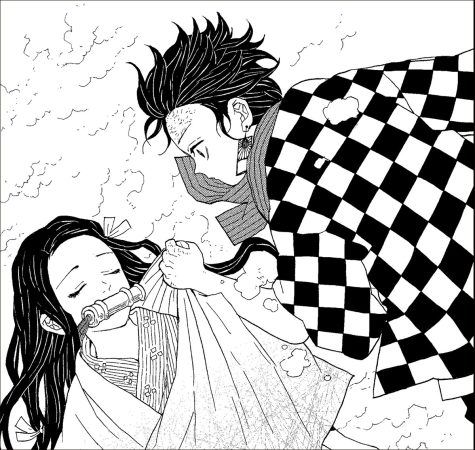
As the plot proceeds, Tanjiro and Nezuko encounter remorseless antagonists, both demons and humans, however their support for one another remedies these barriers. Each episode brings Tanjiro a step closer towards his goal, and along his journey, his affection and sense of responsibility for Nezuko only grows exponentially. Witnessing their relationship develop on-screen only resonated with me deeper, as I reflected on me and my sister’s own bond. With age came maturity, and until recently I grew to appreciate the sacrifices my own sister made for me一as Tanjiro and Nezuko did for each other. Being the older sibling, especially in a first-generation Asian household, she unknowingly became my guiding compass. Academically, at-home free tutoring sessions were boundless, though she grew up without one of her own. Contemplating future endeavors and the thought of applying to college appeared less daunting as her own experiences shaped into care packages of advice for me, though she grew up without one of her own. Even so, watching Demon Slayer itself together brought about a deeper sense of understanding when witnessing the emotions Tanjiro endured. It’s safe to say that she represents the core of Tanjiro, and would undoubtedly swing a sword at a demon for me as I would for her.
Following Season 1 of Demon Slayer, this recurring theme is reflected in Demon Slayer: Kimetsu no Yaiba: The Movie: Mugen Train, which was a film released on April 2021 in the US. Mugen Train became the highest-grossing film of all time in Japan一making approximately 348 million一gaining even more recognition internationally across all box offices. Taking into consideration that the film was able to achieve such credentials, even during a worldwide pandemic, illustrates the impact Gotoge’s story has on millions, including myself. Preluding the plot of Season 2, this film follows Tanjiro, Nezuko, and a band of other core protagonists aiming to track down a murderous demon haunting the Mugen Train at Yoshiwara一an eccentric, lively district in Japan. One of the protagonists, a senior demon slayer named Kyojuro Rengoku, guides Tanjiro on this journey and ultimately forms a new bond with him; Tanjiro gaining a new figure to admire. It is impossible to put into words how formidable and righteous Kyojuro is as a character, almost similar to the heroic nature of Superman. He has an ability to direct the audience towards his every move, pinpointing the exact words that would uplift others in battle. Kyojuro is the staple hero trope一one who is reliable enough to make the impossible seem possible. Senjuro, Kyojuro’s younger brother who aspires to be a demon slayer, is moved by his older brother’s heroic abilities. Growing up with neglect from their parents, Kyojuro lives to support his brother, which is seen equivocally from his brother as well. Moreover, Kyojuro and Tanjiro’s brotherly relationship crosses the barriers, and further connotes the idea that a sibling’s bond goes much deeper than just blood relation. Besides a limited amount of animes, such as Full Metal Alchemist, this trope is often unused and overshadowed by romantic ones when it comes to driving the main plot of the show.
The distinguished motif sets itself up once again this coming Season 2, where the Entertainment Arc takes off based on the manga Gotege published, following the same core protagonists after the uproarious outcome the 2021 film had. Another senior demon slayer is introduced named Uzui Tengen, who struggles with his own familial relationships, most prominently with his brother, whose identity is undisclosed. Since December 5, 2021, episodes have been releasing on Sundays on streaming platforms, now deemed a holy day for anime. Undoubtedly, this animated show has impacted me in all aspects as it has with the world, however most importantly, it connected me with my sister once again. Perhaps my sister and I can learn more through characters like Tanjiro, Kyojuro, and Uzui as the new season unfolds. One thing is for certain, such boundaryless bonds depicted on TV provide room for representation and relation for the audience to harness, and perhaps grow to appreciate the inexplicable bond that exists between our siblings more.
Your donation will support the student journalists of Carnegie Vanguard High School. Your contribution will allow us to cover our annual website hosting costs and fund field trips, competition fees, and equipment. We appreciate your support!

Nina Nguyen connects with the color orange on an emotional level and goes to a great extent to make it her whole personality. When it comes to music, Nina...


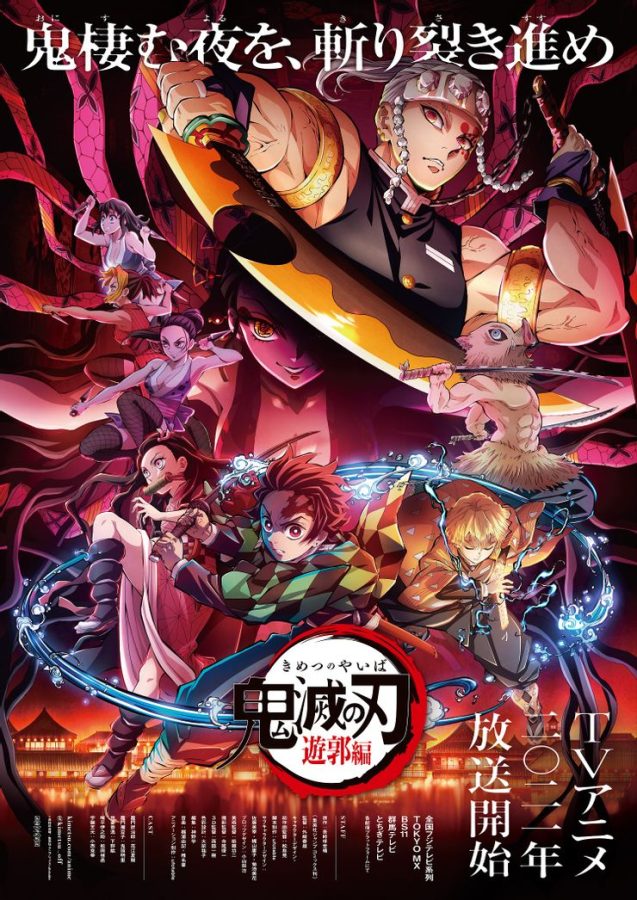
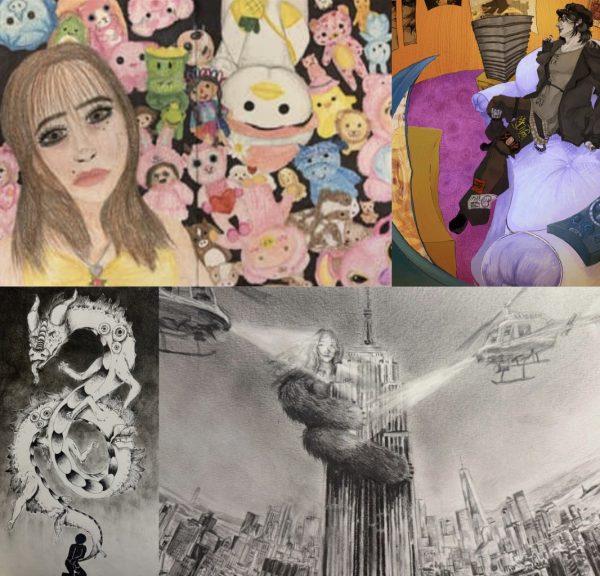

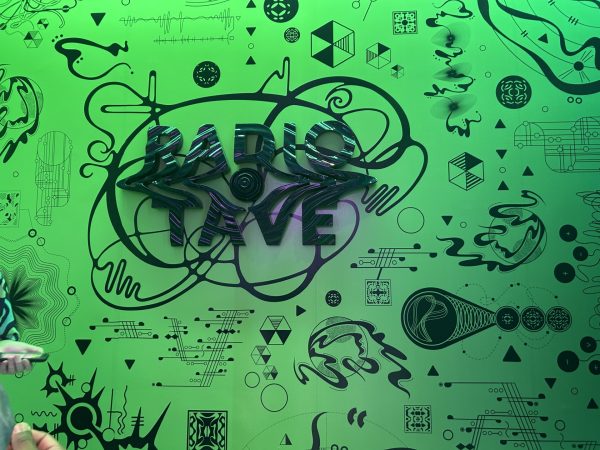
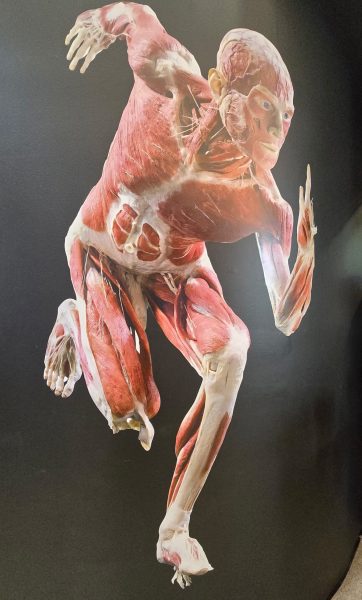
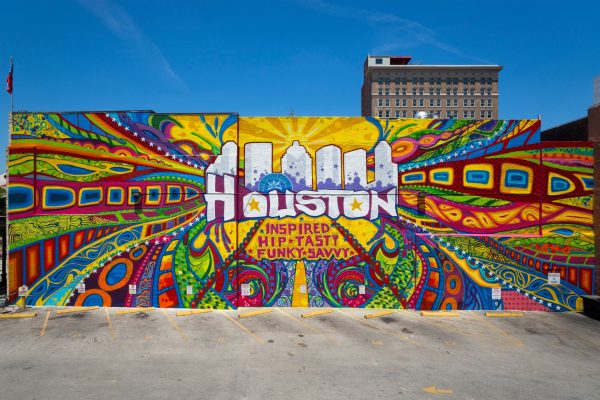
Nadia Talanker • Feb 1, 2022 at 2:17 pm
I absolutely loved this piece. The word choice and connections you made from the show to your personal life was wonderful. That being said, I think this lacks the aspect of review and is instead a personal column. Really good job :]
Jahrel Noble • Feb 1, 2022 at 2:09 pm
I really love the angle you took here and as someone with siblings, this was really interesting to read. I have been wanting to watch this show for a long time, and this review made me more eager to watch it.